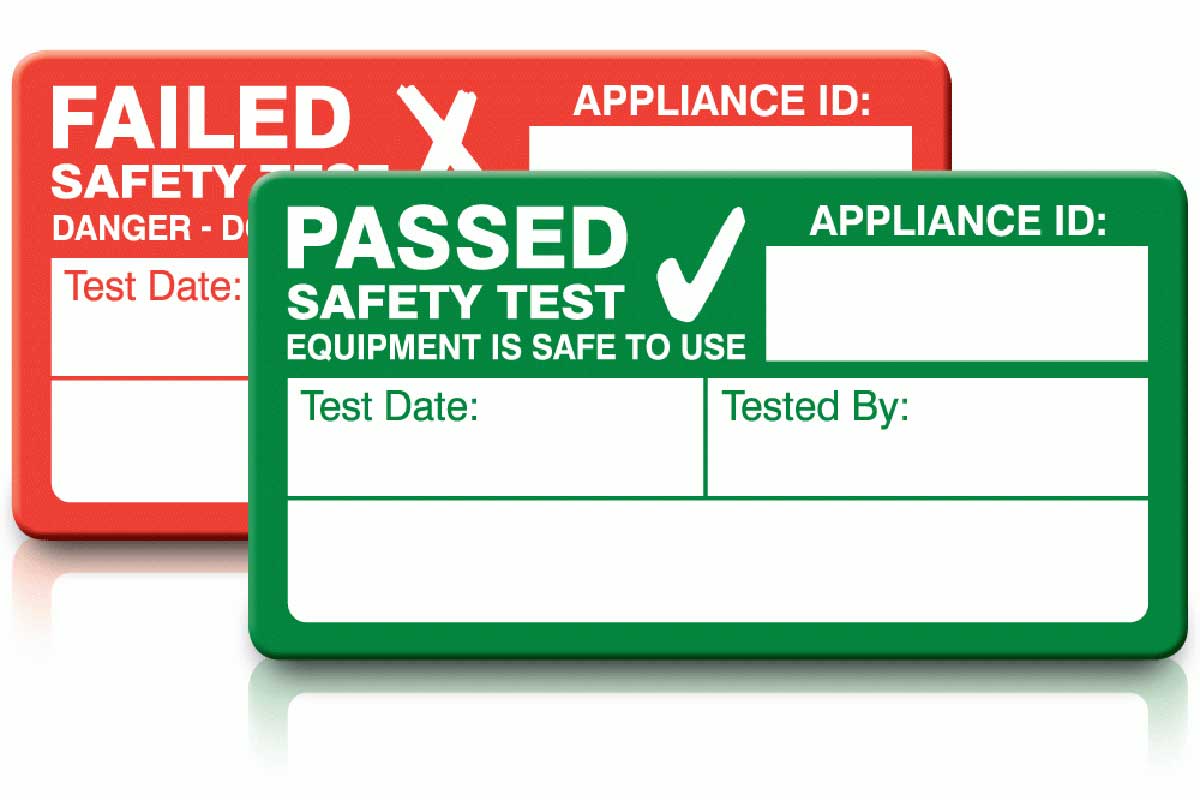If you’ve never heard of PAT testing, keep on reading. In this guide, we’ll cover everything that makes PAT testing vital for the safety of you and your employees, whether you’re in an office, a school, a factory, or any other corporate premises.
PAT testing is a proactive, preventative measure against fire hazards. The London Fire Brigade advise that prevention is the best form of firefighting and testing the devices in your workplace is a great place to start.

What is PAT testing?
A PAT test is a routine inspection of certain types of appliances. These tests aim to ensure that appliances are safe to use, preventing electrical accidents in the workplace. An in-depth PAT test focuses on earth continuity, lead polarity, and insulation resistance.
PAT stands for ‘Portable Appliance Testing’ and it’s not uncommon to find a certified PAT sticker on most gadgets in your workplace, large or small. Any appliance that plugs into a wall socket with a plug attached to it almost certainly needs to be PAT tested.
How is testing carried out?
While most businesses seek the help of electricians, it’s possible to carry out your own PAT testing with the right knowledge and equipment. With an awareness of electrical safety and modern PAT Testers, your company can undertake these vital tests internally.
You’ll need to check the electrical ‘class’ and ‘category’ of each appliance to determine if it’s deemed risky enough to be PAT tested, and if so, how frequently.
Whenever you’re working with electricity in your workplace, it’s a good idea to make sure you’re familiar with official fire safety guidance before starting any new tests or projects.
Which devices need PAT testing?
Appliances that should be considered for PAT testing fall into 7 categories. These include:
- Fixed appliances, including radiators
- Stationary appliances, such as fridges and washing machines
- IT equipment, like computers and monitors
- Portable appliances, such as laptops
- Cables and chargers
- Handheld appliances, like hairdryers
What happens if I skip an overdue PAT test?
If you delay your PAT testing or choose to avoid it, you won’t know about any faulty equipment in your environment until it’s too late – and the consequences could be dire.
A small fault could cause a short circuit, which could throw out smoke or even sparks. If that’s not alarming enough, the results could even extend to electric shock or a fire.
Do I still need a PAT test?
Even though PAT testing alone isn’t a legal requirement, it’s part of your corporate responsibility to maintain electrical equipment. If you work with a team of employees or volunteers, you need to comply with government legislation, including The Management of Health & Safety at Work Regulations.
